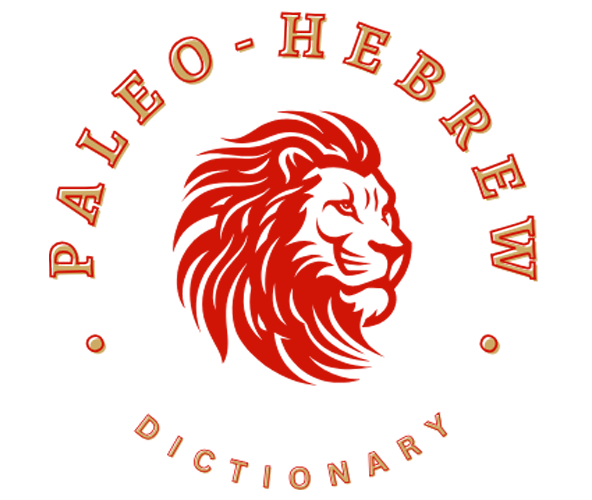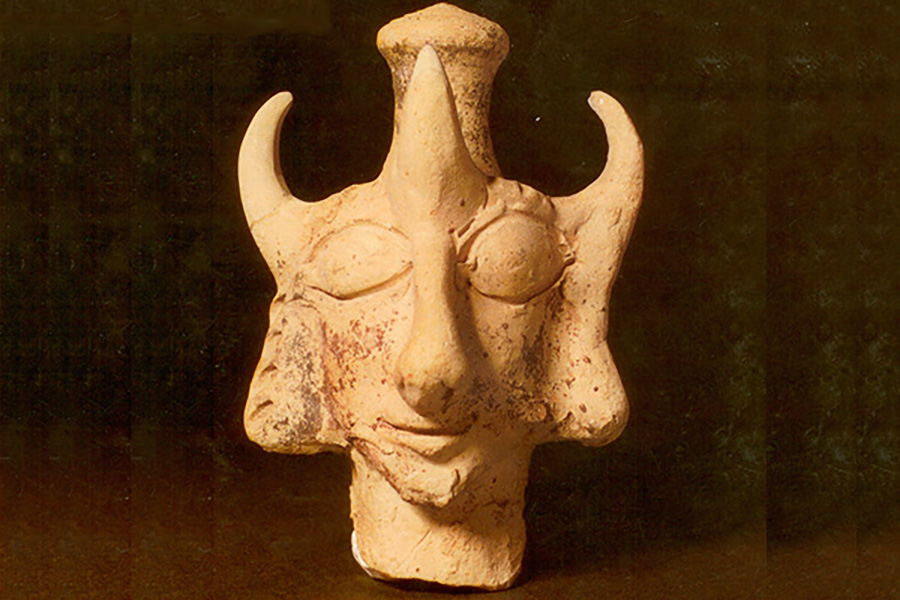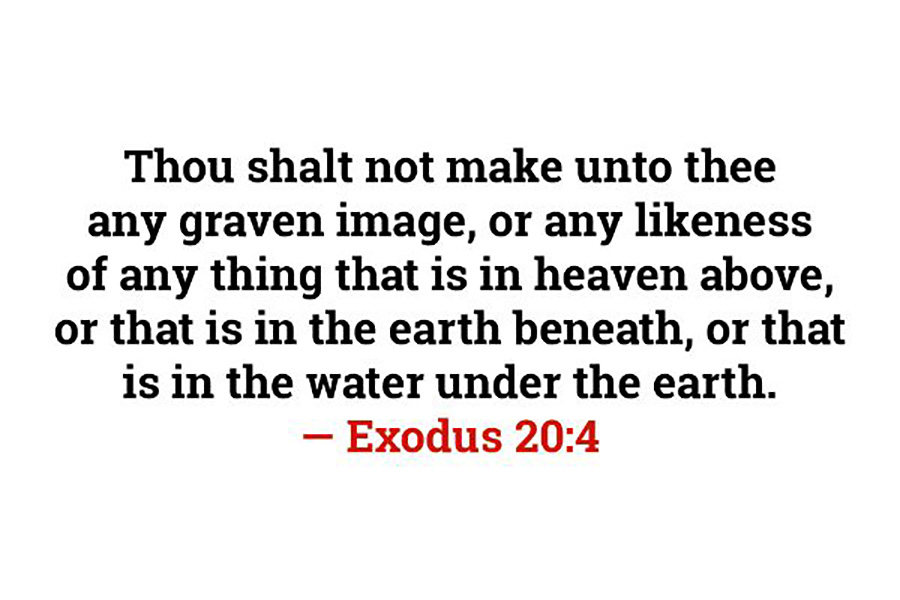The word Baāl (𐤁𐤏𐤋) means “LORD” meaning a title and honorific of “owner” or “lord” in the Northwest Semitic languages.
The Paleo-Hebrew language or the original language of the Ābarayam is one spoken with an emphasis on the rauakh (breath, wind, spirit). With the language of the Ābarayam, each letter has a meaning and a number associated with it that adds meaning to each word they’re used with. Below you will be able to learn more about the letter in Ancient Hebrew, Yiddish Hebrew, Greek, and much more.
Letter Meanings
| Letter | Meaning |
|---|---|
| 𐤁 (b) – ba | House, family, “in” Prefix: Converts a word into “Family of” or “in…”, “at…” “with…” |
| 𐤏 (ā) – ā | eye, to see, experience, watch, heed, know, cover, color |
| 𐤋 (l) – la | staff, goad, control, toward, protect, authority, bind, yoke, lead Suffix: Forms diminutive (abbreviated) nouns when added to a noun. |
| Ābarayat Number | 102 = 2 (b) + 70 (ā) + 30 (l) |
| Hebrew Gematria | 24 = 2 (b) + 1 (a) + 1 (a) + 20 (l) |
| English Gematria | 96 = 12 (b) + 6 (a) + 6 (a) + 72 (l) |
| Simple Gematria | 16 = 2 (b) + 1 (a) + 1 (a) + 12 (l) |
Based on the meaning of the letters the word could be defined as:
- “in experience of authority (power)”
- “Family cover of authority (power)”
- “Family to see control”
- “House of watch to control”
- Combines B and Āl, meaning “House of Āl”
Definitions for 𐤁𐤏𐤋 / baāl
| Language | Word | Transliteration | Pronunciation | Definition |
|---|---|---|---|---|
| Ābarayat | 𐤁𐤏𐤋 | baāl | baw-el’ | to marry, rule over, husband, married, master, have dominion over. Potentially written as baghal (pronounced: baw-ghal’). |
| English | Baal | Ba’al | bahl | title and honorific meaning “owner”, “lord” in the Northwest Semitic languages. |
| Hebrew | בַּעַל | baal | baw-al’ | owner, lord |
| Arabic | بعل | bael | baw-al’ | hubby, husband, baal |
| Greek | κύριος | kurios | koo’-ree-os | lord, master, sir; the Lord. |
Images for 𐤁𐤏𐤋 / baāl
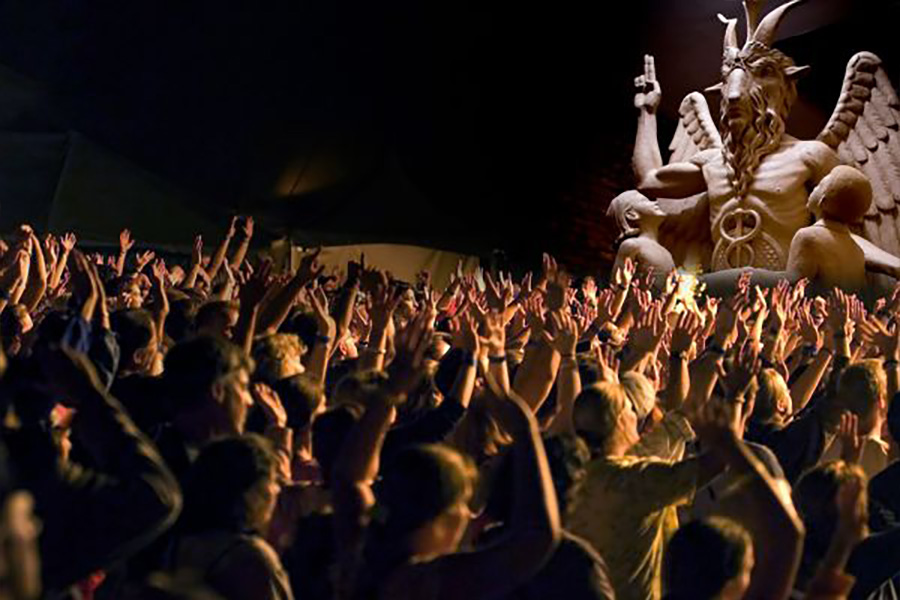
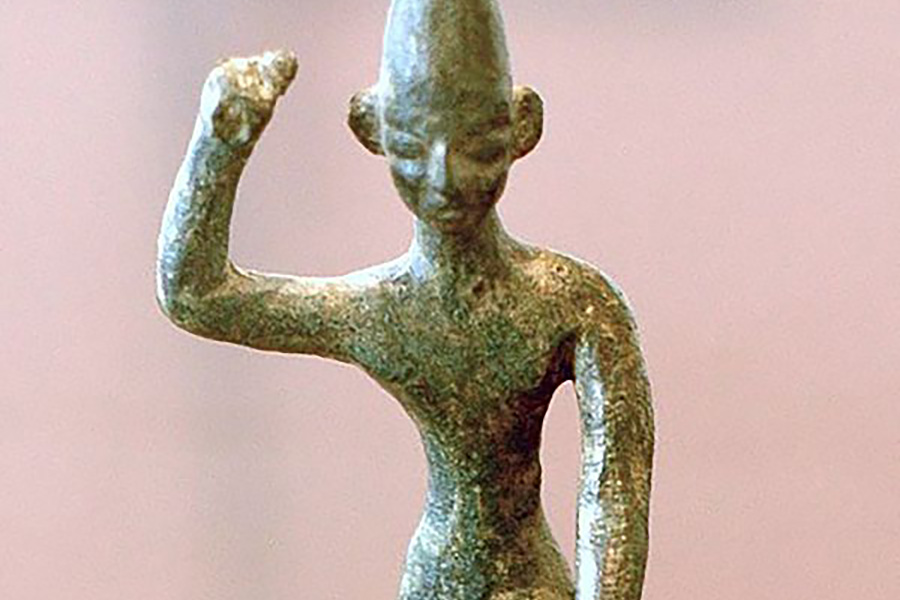
History of Baāl Alahayam
𐤁𐤏𐤋 (Baāl) or Baʽal, was a title and honorific meaning ‘owner’, or ‘lord’ in the Northwest Semitic languages spoken in the Levant during antiquity. From its use among people, it came to be applied to gods. Scholars previously associated the theonym with solar cults and with a variety of unrelated patron deities but inscriptions have shown that the name Ba’al was particularly associated with the storm and fertility god 𐤄𐤃𐤃 (Hadad) and his local manifestations.
The Ābarayat scriptures include the use of the term in reference to various Levantine deities, often with application towards 𐤄𐤃𐤃 (Hadad), who was decried as a false god. That use was taken over into Christianity and Islam, sometimes under the form 𐤁𐤏𐤋-𐤆𐤁𐤅𐤁 (Baāl-zabauab) in demonology.
The spelling of the English term “Baal” derives from the Greek Báal (Βάαλ which appears in the New Testament and Septuagint, and from its Latinized form Baal, which appears in the Vulgate. These forms in turn derive from the vowel-less Northwest Semitic form bʿl (Phoenician and Punic: 𐤁𐤏𐤋). The word’s biblical senses as a Phoenician deity and false gods generally were extended during the Protestant Reformation to denote any idols, icons of the saints, or the Catholic Church generally. In such contexts, it follows the anglicized pronunciation and usually omits any mark between its two As. In the close transliteration of the Semitic name, the 𐤏 (āyan) is represented, as Baʿal.
In the Northwest Semitic languages—Ugaritic, Phoenician, Hebrew, Amorite, and Aramaic—the word baʿal signified ‘owner’ and, by extension, ‘lord’, a ‘master’, or ‘husband’. Cognates include the Akkadian Bēlu (𒂗), Amharic bal (ባል), and Arabic baʿl (بعل). Báʿal (בַּעַל) and baʿl still serve as the words for ‘husband’ in modern Hebrew and Arabic respectively. They also appear in some contexts concerning the ownership of things or possession of traits.
The feminine form is baʿalah (Ābarayat: 𐤁𐤏𐤋𐤄 or 𐤁𐤏𐤋𐤕; Hebrew: בַּעֲלָה; Arabic: بَعْلَة), meaning ‘mistress’ in the sense of a female owner or lady of the house and still serving as a rare word for ‘wife’.
𐤄𐤃𐤃 (Hadad)
𐤁𐤏𐤋 (Baāl) was also used as a proper name by the third millennium BCE, when he appears in a list of deities at Abu Salabikh. Most modern scholarship asserts that this Baʿal—usually distinguished as “The Lord” (הבעל, Ha Baʿal)—was identical to the storm and fertility god 𐤄𐤃𐤃 (Hadad); it also appears in the form Baʿal Haddu. Scholars propose that as the cult of 𐤄𐤃𐤃 (Hadad) increased in importance, his true name came to be seen as too holy for any but the high priest to speak aloud and the alias “Lord” (“Baʿal”) was used instead, as “Bel” was used for Marduk among the Babylonians and “Adonai” for Yahweh among the Israelites.
A minority group proposes that 𐤁𐤏𐤋 (Baāl) was a native Canaanite deity whose cult was identified with or absorbed aspects of Adad’s. Regardless of their original relationship, by the 1st millennium BCE, the two were distinct: 𐤄𐤃𐤃 (Hadad) was worshipped by the Aramaeans and 𐤁𐤏𐤋 (Baāl) by the Phoenicians and other Canaanites.
𐤇𐤌𐤅𐤍 (Khamauan)
Baʿal Hammon or 𐤁𐤏𐤋 𐤇𐤌𐤅𐤍 (Baāl Khamauan) was worshipped in the Tyrian colony of Carthage as their supreme god. It is believed that this position developed in the 5th century BCE following the severing of its ties to Tyre following the 480 BCE Battle of Himera. Like 𐤄𐤃𐤃 (Hadad), 𐤁𐤏𐤋 𐤇𐤌𐤅𐤍 (Baāl Khamauan) was a fertility god. Inscriptions about Punic deities tend to be rather uninformative, though, and he has been variously identified as a moon god and as 𐤃𐤂𐤍 (Dagan), the grain god.
Rather than the bull, 𐤁𐤏𐤋 𐤇𐤌𐤅𐤍 (Baāl Khamauan) was associated with the ram and depicted with his horns. The archaeological record seems to bear out accusations in Roman sources that the Carthaginians burned their children as human sacrifices to him. He was worshipped as Baʿal Karnaim (“Lord of the Two Horns”), particularly at an open-air sanctuary at Jebel Bu Kornein (“Two-Horn Hill”) across the bay from Carthage. His consort was the goddess 𐤕𐤍𐤕 (Tanat).
The epithet 𐤇𐤌𐤅𐤍 (Khamauan) is obscure. Most often, it is connected with the NW Semitic ḥammān (“brazier”) and associated with a role as a sun god. Renan and Gibson linked it to Hammon (modern Umm el-‘Amed between Tyre in Lebanon and Acre in Israel) and Cross and Lipiński to Haman or Khamōn, the classical Mount Amanus and modern Nur Mountains, which separate northern Syria from southeastern Cilicia.
Definitions for 𐤁𐤏𐤋𐤉 / baālay
When adding the 𐤉 (yad) to the end of a word, it creates a possessive of the original word. It can either signify “my…” or identify a member of a nation. For example, 𐤏𐤁𐤓 (Ābar) is the progenitor, but 𐤏𐤁𐤓𐤉 (Ābaray) is the singular descendant of him also known as a Hebrew.
| Language | Word | Transliteration | Pronunciation | Definition |
|---|---|---|---|---|
| Ābarayat | 𐤁𐤏𐤋𐤉 | baālay | baw-eley | with Potentially written as baghalay (pronounced: baw-gha-ley). |
| English | with | with | with | in some particular relation to (especially implying interaction, company, association, conjunction, or connection) |
| Hebrew | ||||
| Arabic | ||||
| Greek |
Images for 𐤁𐤏𐤋𐤉 / baālay


Definitions for 𐤁𐤏𐤋𐤉𐤌 / baālayam
When adding the 𐤌 (mayam) after the 𐤉 (yad) to the end of a word, it creates a plural of the original word. It can identify multiple members of a nation. For example, 𐤏𐤁𐤓 (Ābar) is the progenitor, but 𐤏𐤁𐤓𐤉𐤌 (Ābarayam) are the plural descendants of him also known as Hebrews.
| Language | Word | Transliteration | Pronunciation | Definition |
|---|---|---|---|---|
| Ābarayat | 𐤁𐤏𐤋𐤉𐤌 | baālayam | baw-el-yawm | husbands, masters. Potentially written as baghalayam (pronounced: baw-ghal-yawm). |
| English | lord | lord | lawrd | a person who has authority, control, or power over others; a master, chief, or ruler. |
| Hebrew | בַּעַלים | baalim | baw-al-eem | owners, lords |
| Arabic | ||||
| Greek |
Images for 𐤁𐤏𐤋𐤉𐤌 / baālayam


Definitions for 𐤁𐤏𐤋𐤉𐤕 / baālayat
When adding the 𐤕 (tau) after the 𐤉 (yad) to the end of a word, it creates a plural of the original word. It identifies the language or a sign of a nation’s existence. For example, 𐤏𐤁𐤓 (Ābar) is the progenitor, but 𐤏𐤁𐤓𐤉𐤕 (Ābarayat) is the language of him also known as Paleo-Hebrew language.
| Language | Word | Transliteration | Pronunciation | Definition |
|---|---|---|---|---|
| Ābarayat | 𐤁𐤏𐤋𐤉𐤕 | baālayat | baw-el-yawt | in the elite Potentially written as baghalayat (pronounced: baw-ghal-yawt). |
| English | elite | elite | ih-leet | the choice or best of anything considered collectively, as of a group or class of persons. |
| Hebrew | ||||
| Arabic | ||||
| Greek |
Images for 𐤁𐤏𐤋𐤉𐤕 / baālayat


Classification
You can continue your studies of the words by viewing Strong’s entries for:
